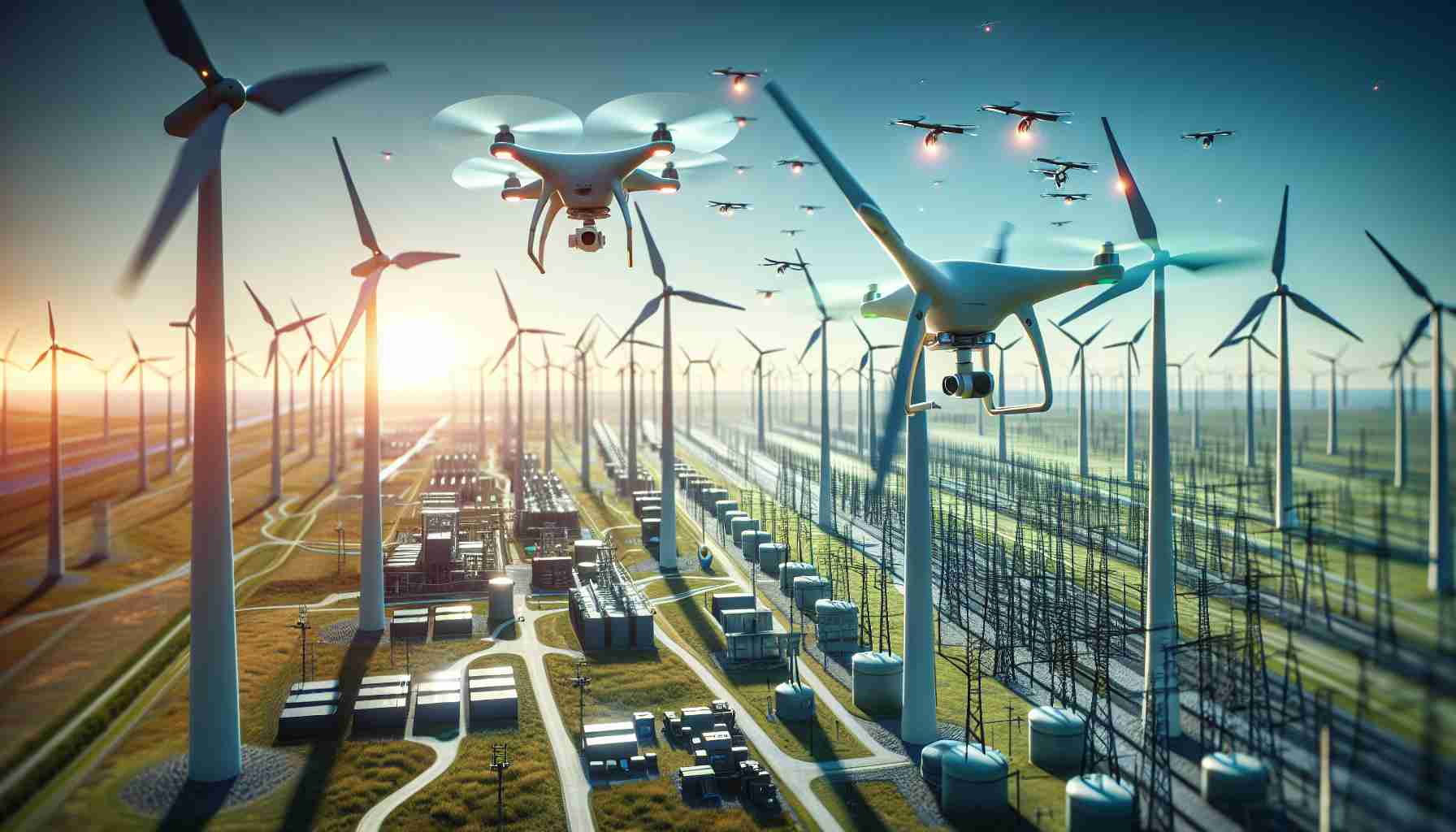Innovative aerial solutions are shaping the future of energy infrastructure worldwide. Power disruptions have become a common issue due to a variety of factors, and experts have been exploring advanced strategies to combat this problem. One groundbreaking approach involves utilizing drones to revolutionize the way we manage and maintain electric grids.
These state-of-the-art drones, integrated with cutting-edge technologies, offer a cost-effective and efficient solution to enhance the resilience and reliability of power systems. By leveraging the capabilities of drones connected to smart grids, researchers aim to streamline the monitoring and maintenance processes, ultimately reducing the frequency and impact of outages.
The integration of drone technology into the energy sector signifies a significant step towards embracing a more sustainable and interconnected future. With drones playing a pivotal role in inspecting, detecting, and addressing potential grid issues, the energy industry is poised to experience a transformative evolution in grid management practices.
As we navigate towards a more electrified tomorrow, the utilization of drones in energy infrastructure maintenance is poised to redefine industry standards and enhance operational efficiency. By harnessing the power of aerial technology, we are paving the way for a more resilient, secure, and responsive energy ecosystem that can better withstand the challenges of the modern world.
Exploring Cutting-Edge Innovations in Aerial Technology for Energy Infrastructure Transformation
In the realm of energy infrastructure, the integration of aerial technology is catalyzing a revolution that extends far beyond traditional maintenance approaches. While the previous article shed light on the transformative potential of drones in grid management, there are several crucial questions and considerations that merit closer examination to fully grasp the implications of this technological shift.
Key Questions:
1. How do drones specifically enhance the monitoring and maintenance of electric grids compared to conventional methods?
2. What are the primary challenges associated with widespread adoption of aerial technology in the energy sector?
3. How can privacy and security concerns related to drone usage in critical infrastructure be effectively addressed?
Answers to the Key Questions:
1. Drones equipped with advanced sensors and imaging capabilities provide real-time data gathering and analysis, enabling quicker identification of potential issues such as equipment failures or vegetation encroachments on power lines. This proactive approach helps preemptively address problems before they escalate into larger-scale outages.
2. Infrastructure compatibility, regulatory frameworks, and public acceptance are among the key challenges that need to be overcome for the seamless integration of drones into energy operations. Additionally, skill gaps in drone pilot training and data interpretation pose hurdles to maximizing the technology’s potential in grid maintenance.
3. Implementing robust encryption protocols, geofencing mechanisms, and access control measures can mitigate concerns surrounding data protection and operational security when drones are deployed in critical energy infrastructure.
Advantages and Disadvantages:
Advantages:
– Increased operational efficiency through rapid inspection and maintenance cycles.
– Enhanced safety for personnel by minimizing the need for risky manual inspections.
– Cost savings from optimized asset management and reduced downtime.
– Improved grid reliability and resilience against natural disasters and unforeseen events.
Disadvantages:
– Initial investment costs for acquiring drone technology and training staff.
– Regulatory constraints that may impede the full-scale deployment of drones in certain regions.
– Potential public apprehension regarding privacy infringements and noise pollution from drone activities.
– Vulnerabilities to cyber threats if adequate cybersecurity measures are not implemented.
As aerial technology continues to redefine the energy infrastructure landscape, it is crucial for stakeholders to address these key challenges and controversies to unlock the full spectrum of benefits associated with this innovative approach.
For further exploration of advancements in energy infrastructure and aerial technology, visit U.S. Department of Energy.
